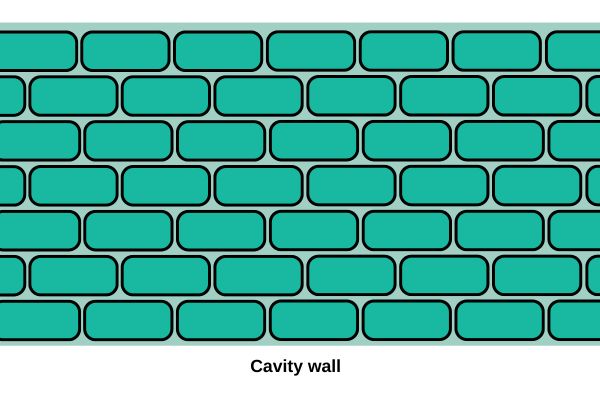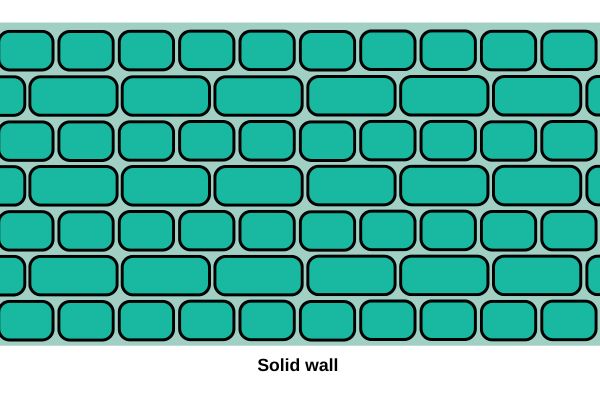Wall Insulation
Uninsulated walls are the biggest cause of heat loss in any building. Consequently, with the correct insulation, you can stop around a third of heat loss, keep your home warm and reduce your energy bills.

When it comes to cold homes, uninsulated walls are often the culprit. Since around a third of heat disappears through our walls, insulating them can keep your home warmer and your bills lower.
Internal, external and cavity wall insulation are all potential options, but which method you choose depends on your home’s wall type.
On this page
What type of walls do I have?
If you’re not sure what sort of walls your property has, check your Energy Performance Certificate. It will list the wall-type at the top of the second page. If you don’t have a paper copy of your EPC, it may be available on the Scottish EPC register website.
Another way to tell what wall-type you have is by looking at your home from the outside. For brick-built homes, check the brick pattern.
If all the bricks look the same length, then it’s likely the wall has a cavity.

If the bricks alternate between short and long, then the wall is likely to be solid.

Also, as a general rule, homes built after 1920 will have cavity walls. Homes built before 1920 will have solid walls.
Some homes are what’s known as “non-traditional construction”. Usually, this means they have a concrete, steel or timber frame. In these cases, you’ll need to get advice from a specialist installer on how best to insulate the walls.

Cavity Walls
A cavity wall has two layers and a gap (i.e. cavity) between them. The air in the cavity lets warm air travel through the walls, resulting in your home losing heat.
To improve its energy efficiency, installers fill the cavity wall with insulation.

Solid Walls
Solid walls have a single layer of solid stone or brick, therefore there’s no cavity.
Stone and brick let heat pass through easily. However, adding insulation slows down this heat loss.
There are two ways to insulate a solid wall. Since there is no cavity, installers either:
- insulate the outside of the property (external wall insulation) or
- insulate the inside of the property (internal wall insulation).